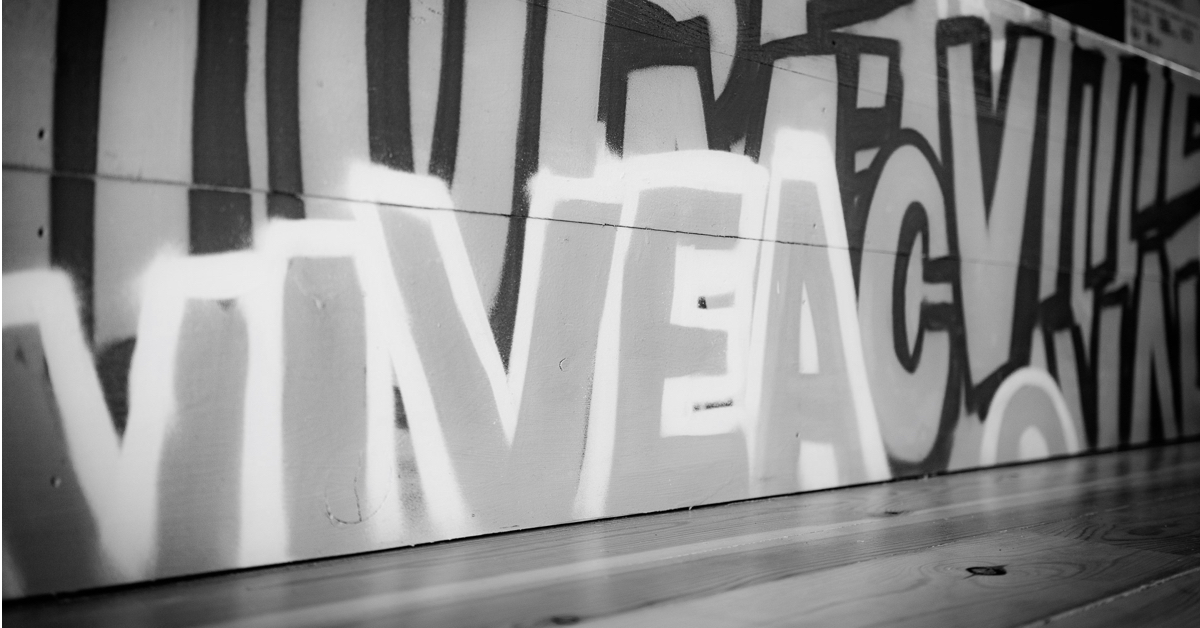
In March we reported (here) the Supreme Court’s decision in the long running design infringement dispute between Magmatic Limited (the maker of the “Trunki” ride-on suitcase for children) and PMS International Limited.
One of the issues to come out of the Trunki decision has been how best to represent the appearance of the design when filing the application for registration. In Trunki, the claimant had used greyscale CAD representations of the suitcase which showed contrasting shades of grey. It was held that the dark wheels formed part of the claim to the design, when comparatively, PMS’s version had wheel covers, hence were not visible, so the wheels created a different impression on the informed user. This meant that the way that Trunki had represented their design resulted in the registration not providing the scope of protection hoped for and the competitor’s product did not infringe. The take away from this case was that a greyscale CAD drawing will be taken to be a claim of comparative shading; so for a broader scope of protection to be enforceable, a line drawing should be filed such that there is no claim as to texture or as to materials, it is simply just the shape of the product.
Both the UKIPO and the European Trade Mark and Design Network (ETMDN) have since issued formal guidance in respect of the graphical representation of designs. The UKIPO has issued a Design Practice Note 1/16. The ETMDN has issued a Common Practice of Designs with guidance aiming of harmonising practice across all EU IPOs. These two documents give guidance on issues such as “shape only versus minimalist designs”, use of multiple design applications, visual disclaimers (e.g. dotted lines, colour shading etc.), types of views to use, and how to represent designs on neutral backgrounds.
Just as in the Trunki case, this all reiterates the importance of good advice around properly representing your design(s) in a registration but also the choice of the design(s) in question and good advice on how best to employ the various IP tools (not just registered designs) available in the EU to put you in the best position to protect your brands and products.
Send us your thoughts:
Would you like to read more articles like this?
Building 1000
Cambridge Research Park
CB25 9PD
Fax. 01223 425258
info@iamstobbs.com
Privacy policy
German office legal notice
Cookie Declaration
Complaints Policy
Copyright © 2022 Stobbs IP
Registered Office: Building 1000, Cambridge Research Park, Cambridge, CB25 9PD.
VAT Number 155 4670 01.
Stobbs (IP) Limited and its directors and employees who are registered UK trade mark attorneys are regulated by IPReg www.ipreg.org.uk

